We do a lot of things to study these birds. I've discussed how we deploy technological tools to track their movements; that we set up observation posts to look at their time both at and away from the nest; how we examine at their diet samples to see what the birds are feeding upon and even sample their blood to obtain a host of information about the birds and their interactions with the ecosystem.
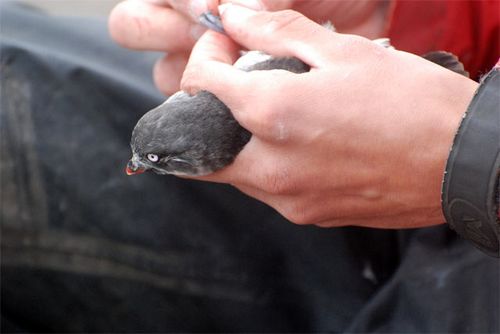
For decades, bird banders have contributed to ornithology by gathering information about the physical structure of the birds that they have captured. Prior to placing a uniquely numbered aluminum band on the leg of the birds that they have caught, bird banders gather data sets that when compiled over many years, become a useful tool in understanding bird growth, size range within a population, differences in sexes based upon bird size, and variations that are based upon the geographic region.
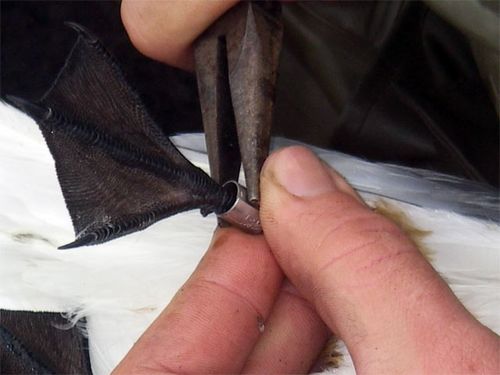
Additionally, the health of individual birds can be assessed relative to others of the same species. As a part of our study, we are measuring birds too. The measurements that are taken are fairly standard practice by bird banders and ornithologists (Students: What is an ornithologist?). All of the measurements are recorded and the data along with the bird's band number are logged into a data base. If the bird is captured again or if it is found dead somewhere, the information associated with that band number can be quite useful to measure growth rates as well as bird movements.
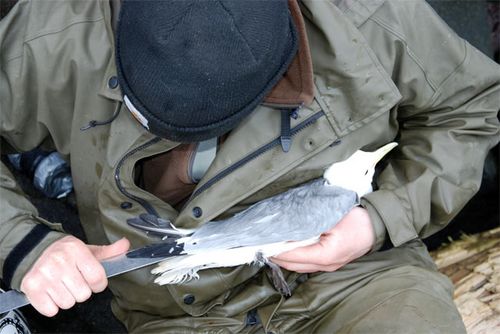
The measurements are carefully collected using very precise and sometimes, specifically designed equipment to gather the data. We normally work as a pair during this process, with one person taking measurements from the bird the other carefully logging in the information in a waterproof field notebook. Later, this data is put onto a spread sheet and submitted with the banding report and used in other ways as well.
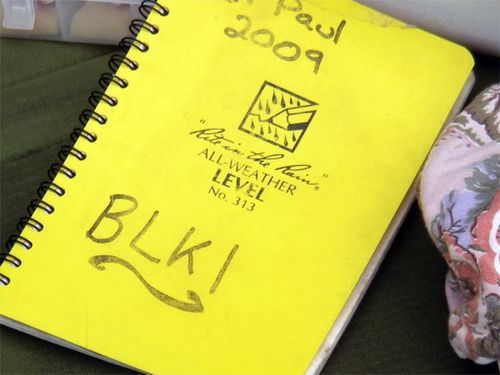
So, after a bird is caught in a net or in a noose, it undergoes a series of examinations that should yield a host of data points that could be useful to scientists all over the world. And, if this bird is recaptured, either here on St. Paul Island, or off of the coast of California or even Russia or Japan, the band number and all of the information associated with that bird will travel along with it and provide a window in the growth and the movements of the long distance travelers.
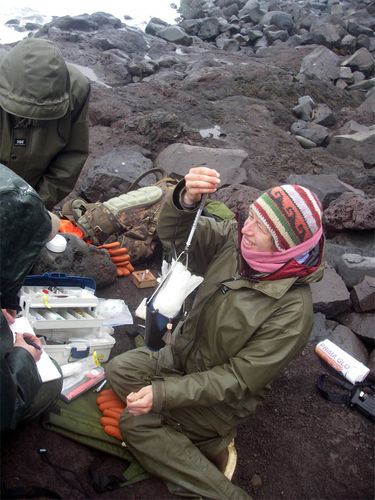
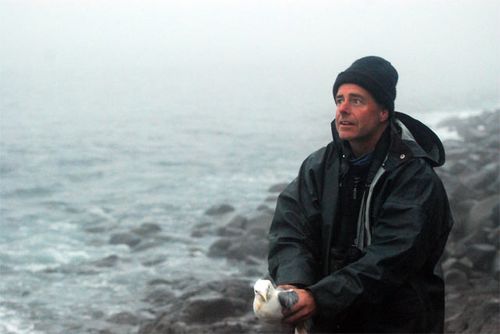
Bird Species seen: Red-faced Cormorant, Harlequin Duck, Parakeet Auklet, Least Auklet, Tufted Puffin, Horned Puffin, Thick-billed Murre, Common Murre, Northern Fulmar, Least Sandpiper, Wandering Tattler, Rock Sandpiper, Ruddy Turnstone, Black-legged Kittiwake, Red-legged Kittiwake, Glaucous-winged Gull, Winter Wren, Northern Raven, Lapland Longspur, Snow Bunting, Gray-crowned Rosy Finch. Mammals: Arctic Fox, Northern Fur Seal, Steller Sea Lion


Comments